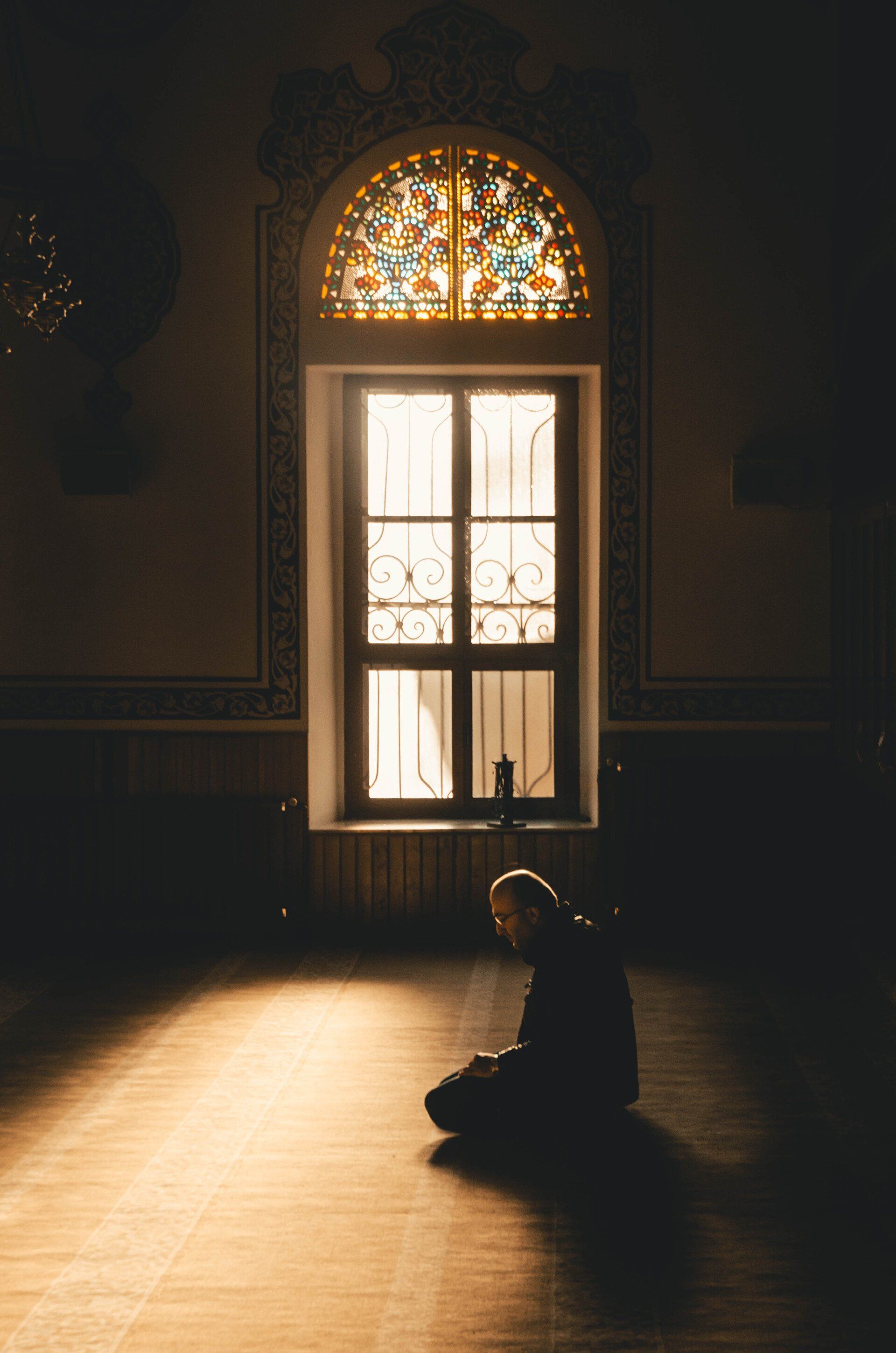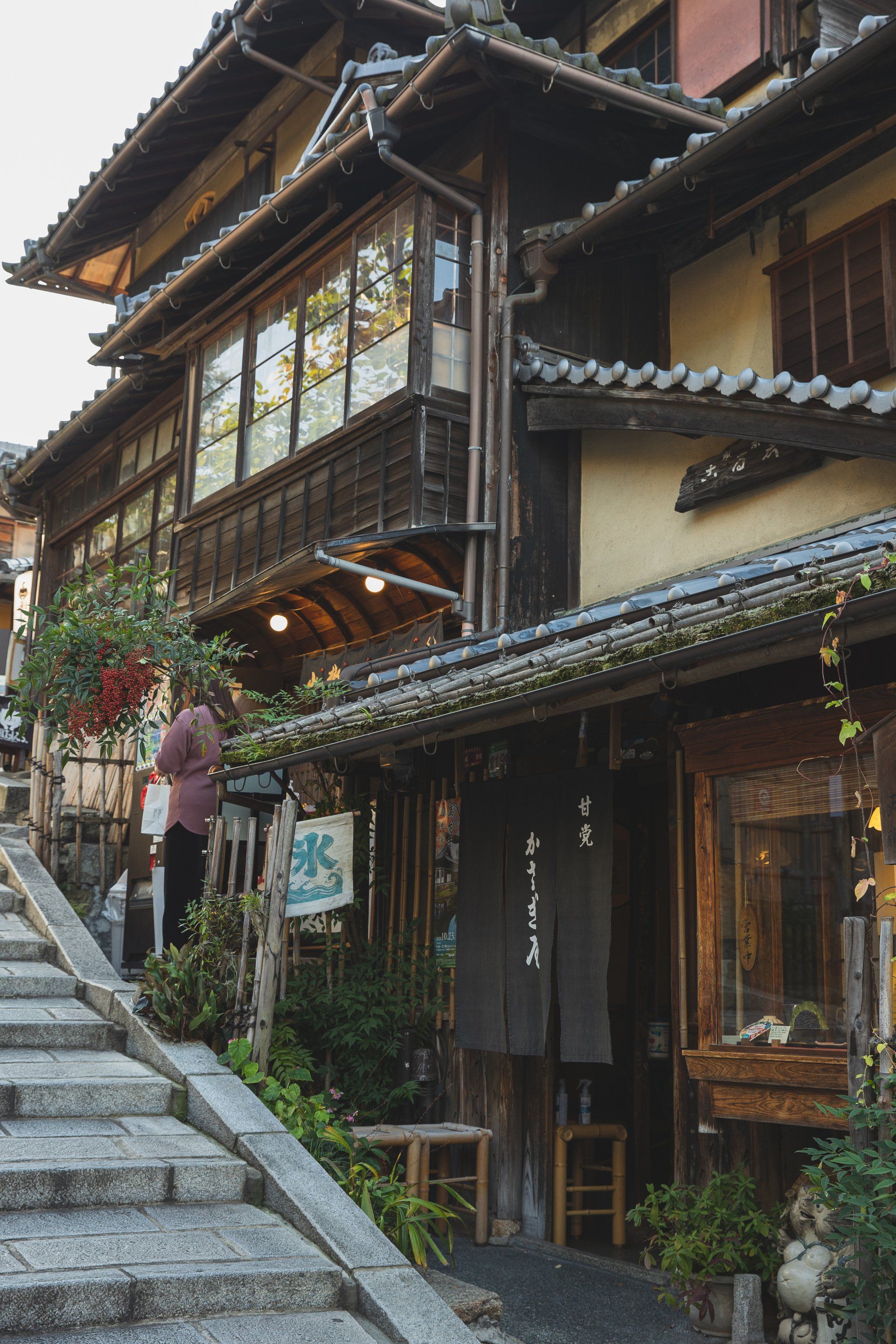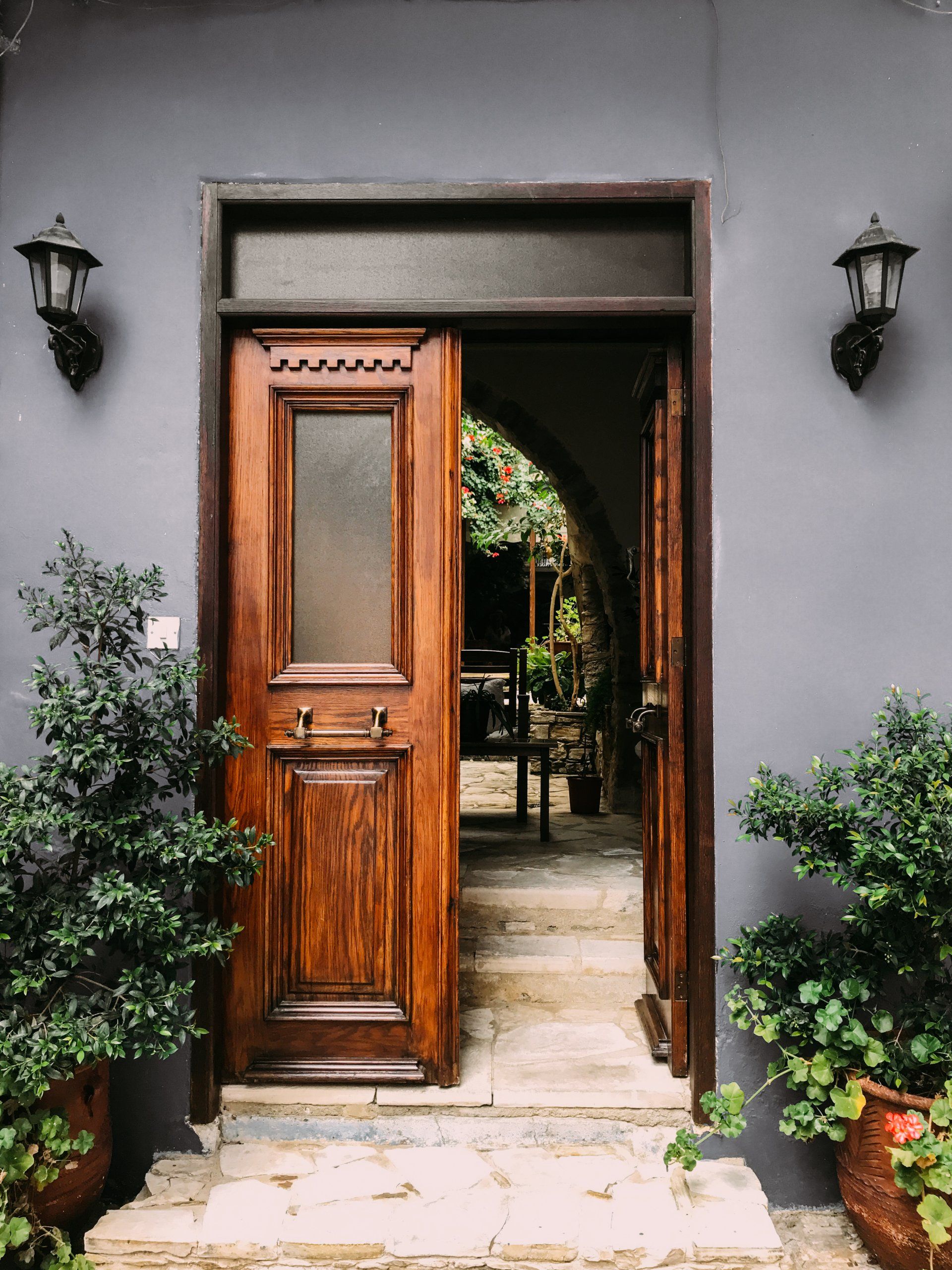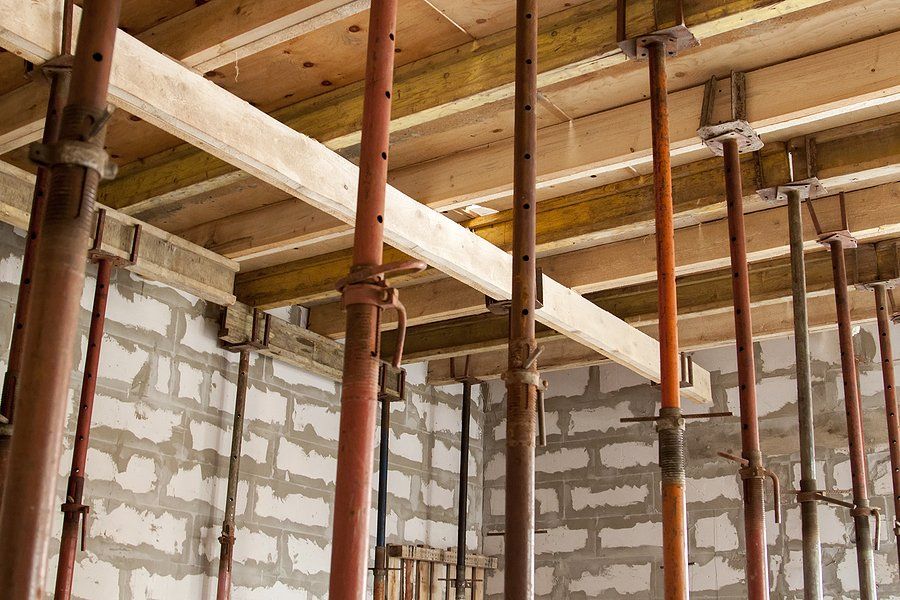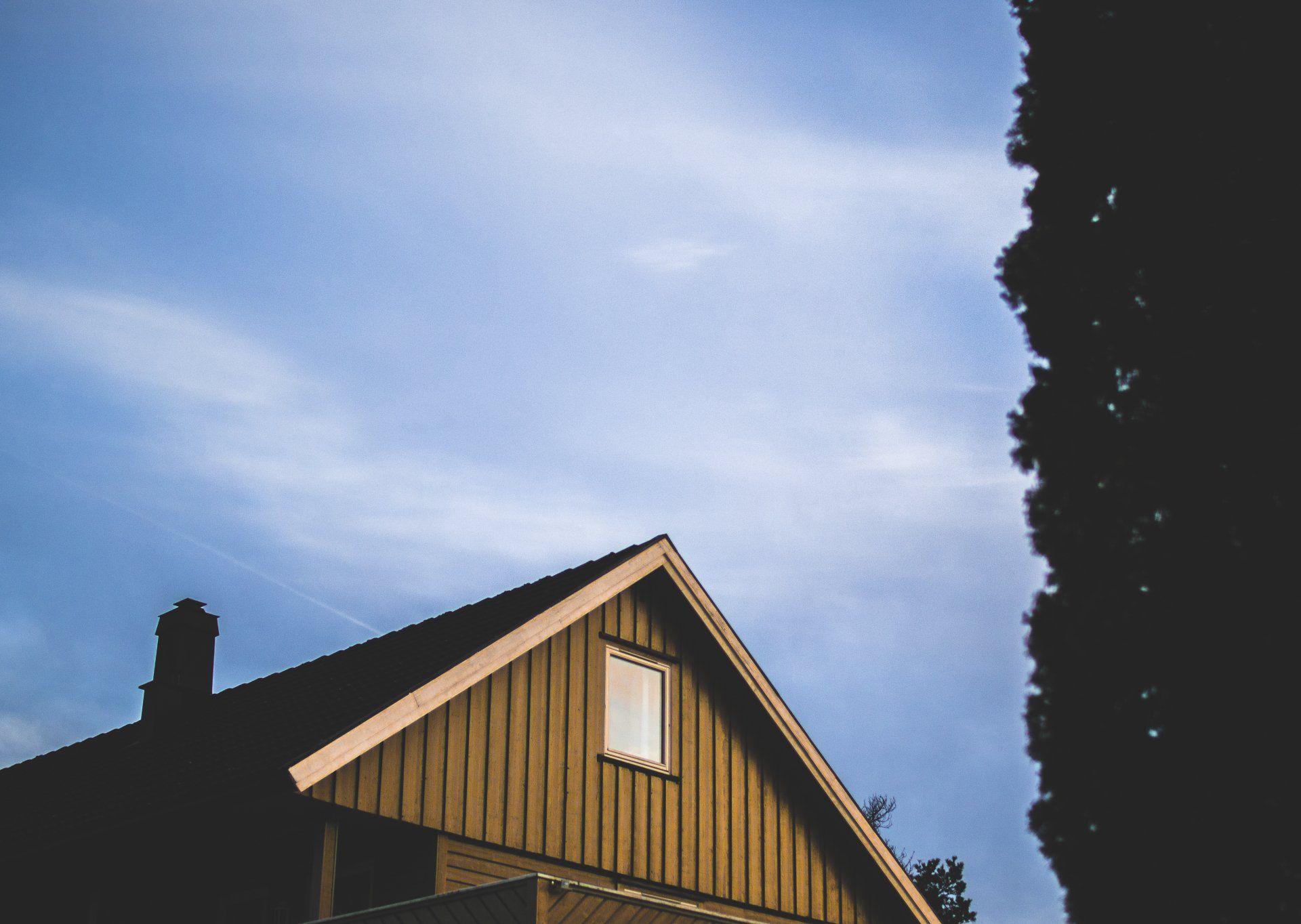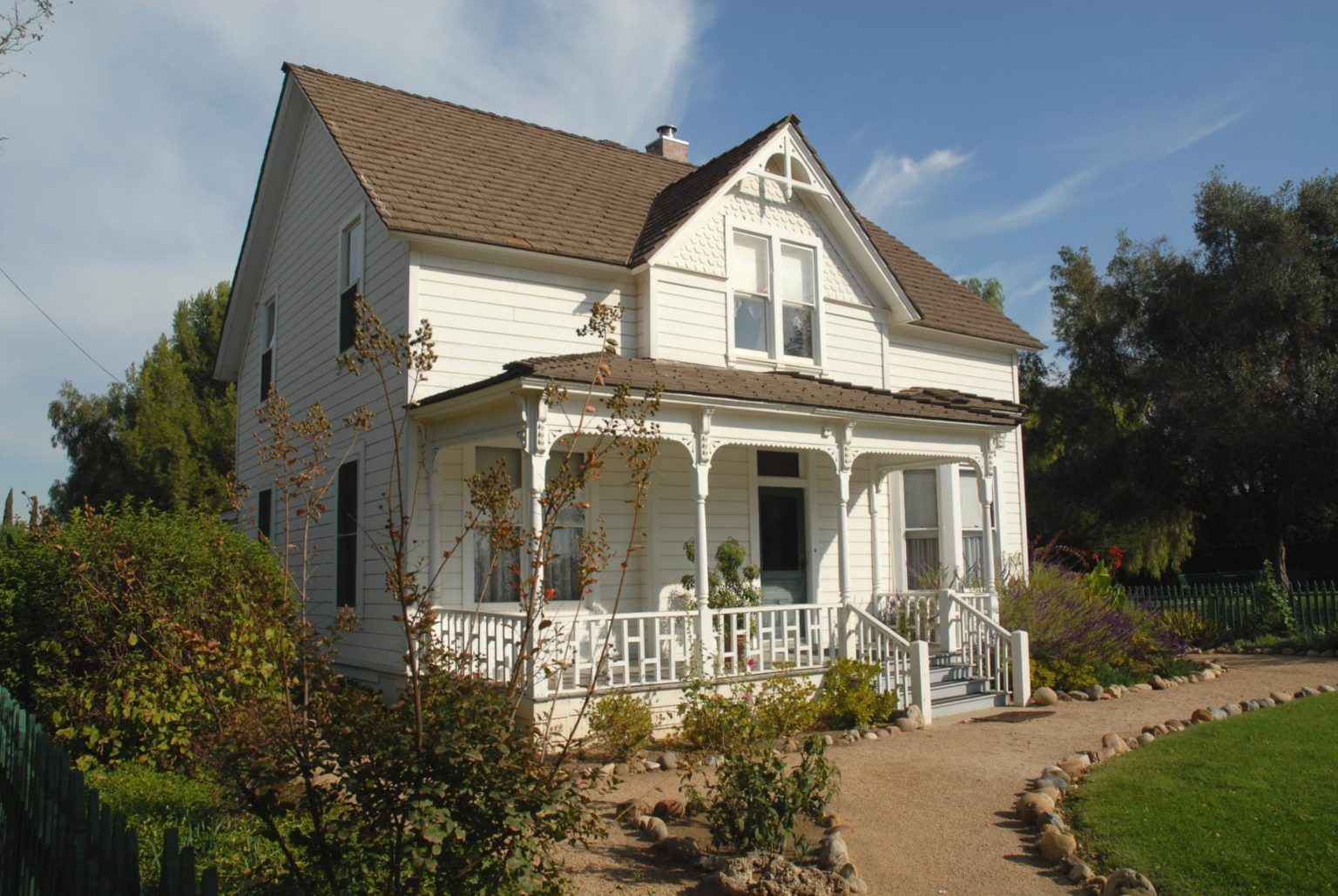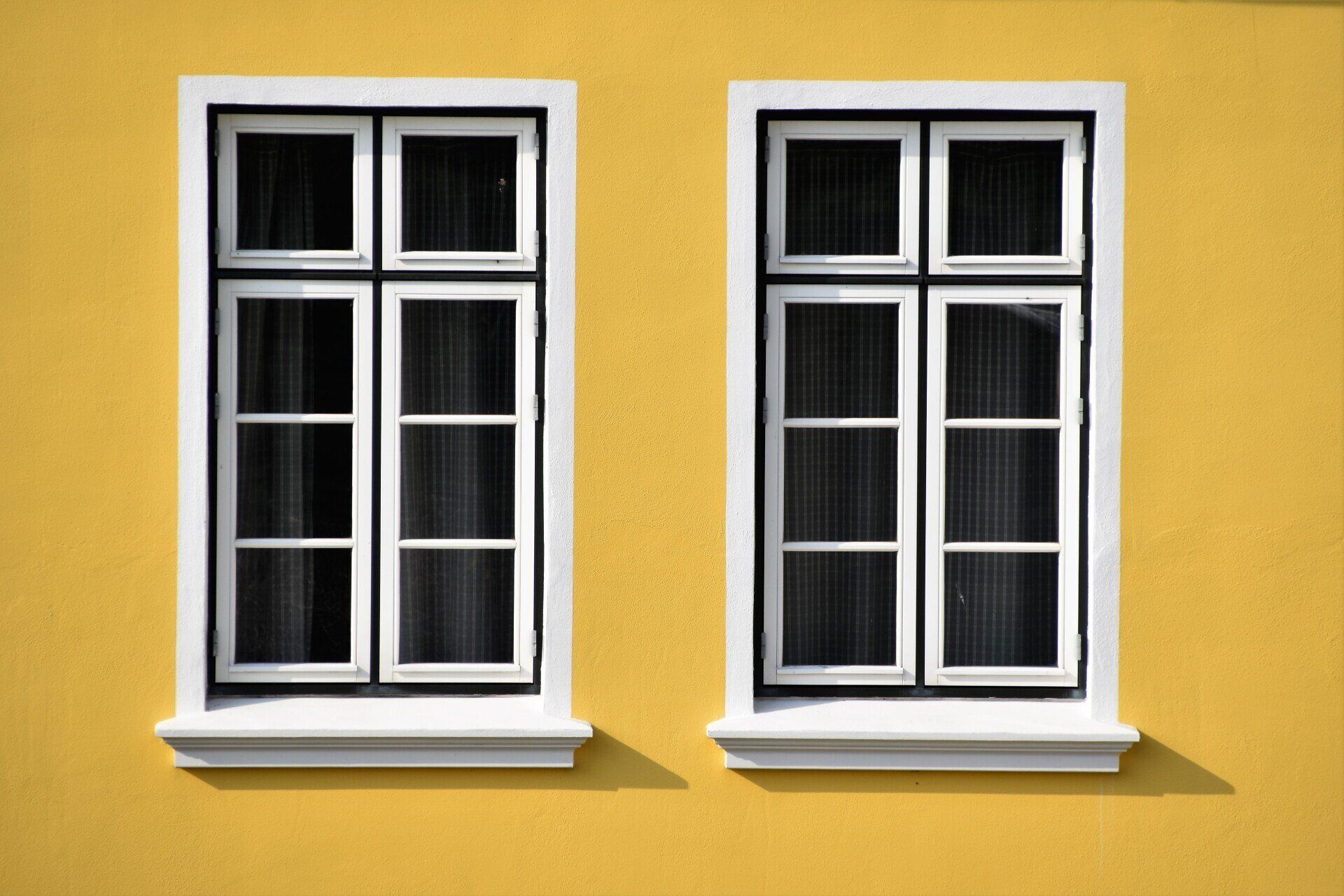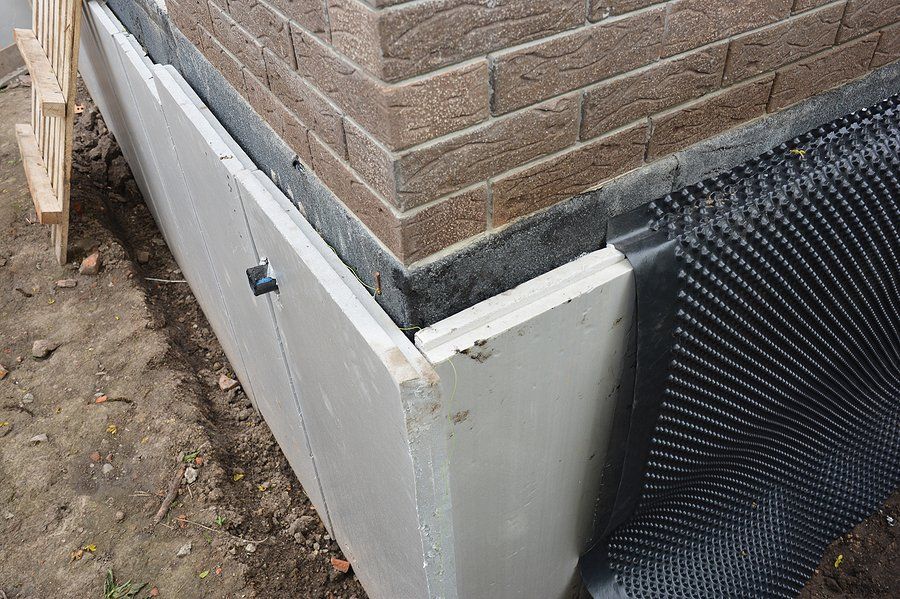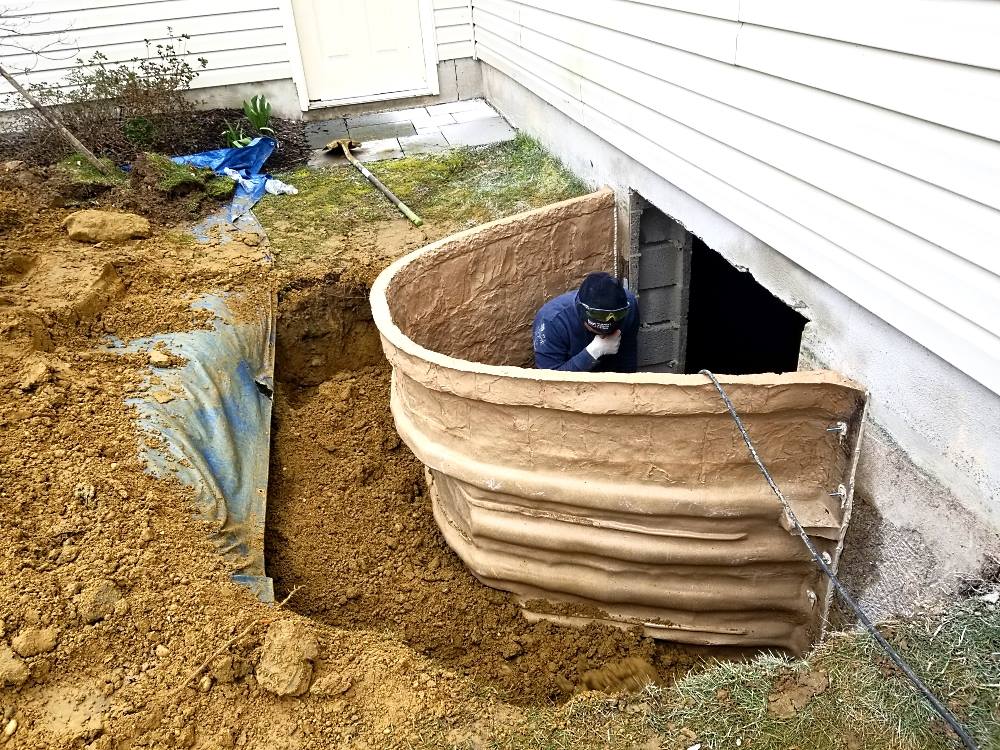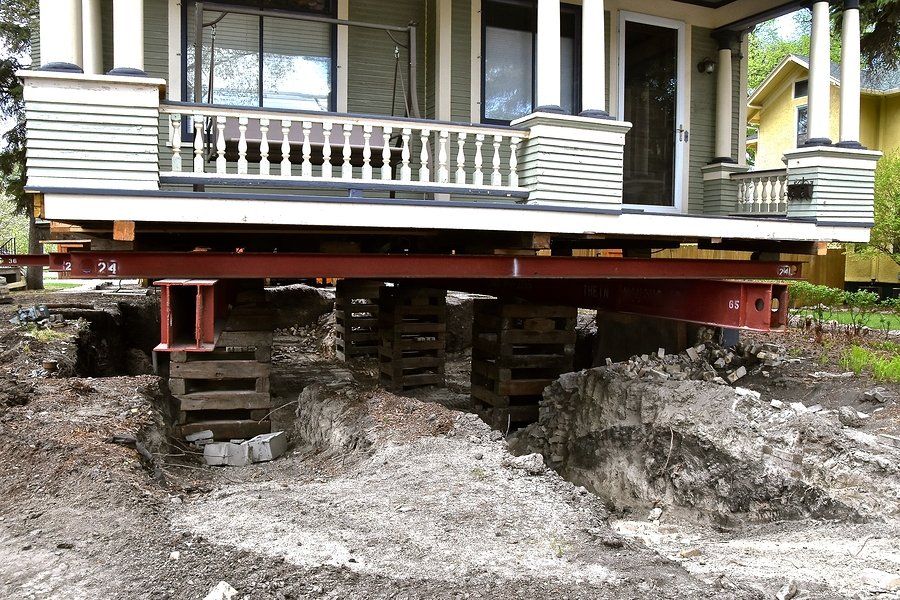Unlocking the Secrets of Window Well Covers: Protection and Style Combined
Enhance Your Home's Safety and Aesthetic Appeal with Essential Window Well Solutions
Window well covers are an essential component of home maintenance and safety, particularly for houses with basement windows. These covers serve a dual purpose: they protect your home from external elements and enhance its exterior aesthetics. This comprehensive guide will explore everything you need to know about window well covers, from their importance and benefits to the various types available, including custom options and installation tips.

Understanding Window Well Covers
A window well is a small excavation that surrounds a below-ground window, providing it with exposure to light and an emergency exit route. The main function of window well covers is to shield these openings from debris, water, and unwanted creatures, while still allowing light to enter and keeping the exit accessible in case of emergencies.
Types of Window Well Covers
Standard Window Well Covers: These covers are readily available at most home improvement stores. They fit standard-sized window wells and are often made from materials like plastic or metal.
Custom Window Well Covers: For homeowners with non-standard window well sizes or shapes, custom window well covers are the perfect solution. These are tailor-made to ensure a perfect fit and optimal protection.
Egress Window Well Covers:
These are specifically designed for egress windows, which are intended as emergency exit points. Egress covers must meet specific legal requirements for weight capacity and ease of removal.
Large Window Well Covers: Designed for larger-than-average window wells, these covers often require reinforced materials to adequately support their size without compromising functionality.
Benefits of Installing Window Well Covers
Protection Against Elements: Covers prevent water, snow, and debris from accumulating in window wells, reducing the risk of water damage and flooding.
Pest Control: By sealing off the window well, these covers deter animals and insects from nesting.
Safety:
Covers can prevent accidental falls into window wells, which is particularly important in homes with children or pets.
Energy Efficiency:
Some covers offer insulation properties that can help regulate basement temperatures, potentially reducing heating costs.
Aesthetic Appeal:
With a range of materials and designs available, window well covers can enhance the look of your home’s exterior.
Choosing the Right Window Well Covers
When selecting a window well cover, consider the following factors:
Material:
The most common materials used are polycarbonate, metal, and fiberglass. Each has its strengths and weaknesses in terms of durability, weight, and light transmission.
Fit:
A properly fitting cover is crucial for effective protection. Custom window well covers are recommended for irregularly shaped or oversized wells.
Weight Capacity: Especially important for egress covers, the weight capacity must be sufficient to support an adult in case of an emergency.
Ease of Removal:
In emergency situations, you should be able to remove the cover quickly and easily.
Design: Choose a design that complements your home’s exterior. Consider transparent covers to maximize light entry if basement lighting is a concern.
Installation Tips for Window Well Covers
Measurement: Begin by accurately measuring the dimensions of your window well. This will ensure that whether you buy a standard or custom cover, it will fit perfectly.
Choosing the Right Type: Decide whether you need a standard, egress, or custom cover based on the specific requirements of your window well.
Professional vs. DIY Installation:
While some homeowners may opt for DIY installation, professional installation can ensure that the cover is secure and properly fitted. This is especially recommended for large or custom covers.
Maintenance:
Regularly check your window well covers for damage or wear. Clear any accumulated debris to
maintain functionality and appearance.
Where to Find Window Well Covers
Local Home Improvement Stores: These often have a range of standard window well covers.
Specialized Retailers: For more specific needs like custom or large covers, look for retailers specializing in basement window products.
Online Marketplaces:
Many options are available online, allowing you to compare prices and reviews. Ensure that you have precise measurements before ordering.
Common Questions About Window Well Covers
Are window well covers necessary? While not legally required everywhere, they are highly recommended to protect against water damage, pests, and accidents.
How much do they cost? The cost varies based on size, material, and custom features. Standard covers may be relatively inexpensive, while custom options can be more costly.
Can I install a window well cover myself? Yes, many standard covers are designed for easy DIY installation. However, for large or custom covers, professional installation may be beneficial.
Advanced Design Choices for Window Well Covers
When selecting window well covers, homeowners have a variety of design choices that not only cater to the functional needs but also enhance the curb appeal of their homes:
Transparent Covers:
These covers are made from materials like polycarbonate or acrylic, allowing maximum light penetration while still providing protection. They are ideal for maintaining a natural light flow into basement spaces.
Grated Covers: Made from metal or heavy-duty plastic, grated covers allow for ventilation and water drainage while preventing larger debris and animals from entering the well.
Decorative Covers:
Some covers come with decorative patterns or designs that add a touch of style to the home’s exterior. These can be especially appealing for homeowners looking to maintain a specific aesthetic.
Maintenance and Upkeep of Window Well Covers
To ensure longevity and continued performance, regular maintenance of window well covers is essential:
Cleaning: Clear leaves, snow, and other debris off the cover regularly. For transparent covers, use a mild detergent and a soft cloth to prevent scratching.
Inspection: Check for cracks, warping, or damage that might compromise the cover’s effectiveness. Especially after extreme weather conditions, an inspection can help catch issues early.
Adjustment and Securement:
Make sure the cover fits snugly and securely. Over time, fittings might loosen; check and tighten them as necessary to prevent the cover from shifting or blowing away.
Regulatory Considerations for Egress Window Well Covers
Egress window well covers must comply with specific regulations to ensure they do not impede emergency exit routes:
Code Compliance: Building codes, often governed by local regulations, specify requirements for egress windows, including the necessity for the window well cover to be easily removable without tools. Check your local building codes to ensure compliance.
Load Capacity: Egress covers should support at least 200 pounds to ensure they can withstand the weight of a person standing or climbing on them in an emergency.
Operation:
Test the cover regularly to ensure that it can be opened easily from the inside. Instruct all household members on how to remove the cover in case of an emergency.
Long-term Benefits and Considerations
Investing in quality window well covers can have long-term benefits for a homeowner:
Home Value:
Properly installed and maintained window well covers can increase the appeal of a home to potential buyers, especially those concerned with basement functionality and safety.
Reduced Maintenance Costs:
By protecting the window well from elements and debris, covers can reduce the frequency and cost of cleaning and potential repairs to the window wells and basement windows.
Insurance Benefits:
Some insurance companies may consider the installation of window well covers as a mitigating factor for risks related to water damage or falls, potentially lowering insurance premiums.
Conclusion
Window well covers are a crucial element of home safety and aesthetics. With a variety of types and styles available, homeowners can find the perfect solution to meet their needs. By considering the material, design, and regulatory requirements, and maintaining them well, window well covers can provide significant protection and style for many years. Through
informed choices and regular upkeep, you can enhance your home's safety, efficiency, and curb appeal all at once.
More Marketing Tips, Tricks & Tools
©New York City Foundation Repair
917-512-2810

